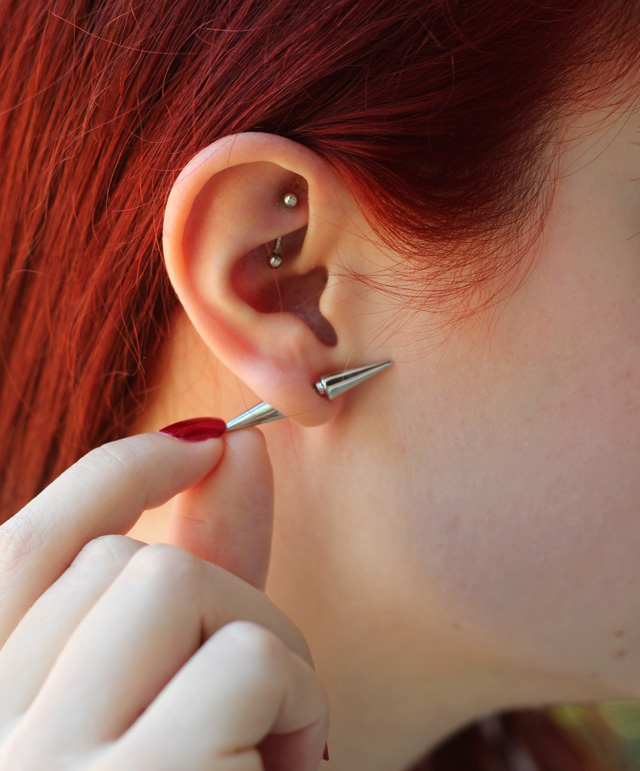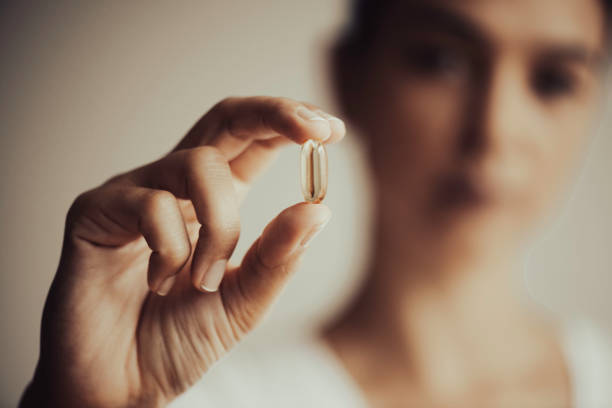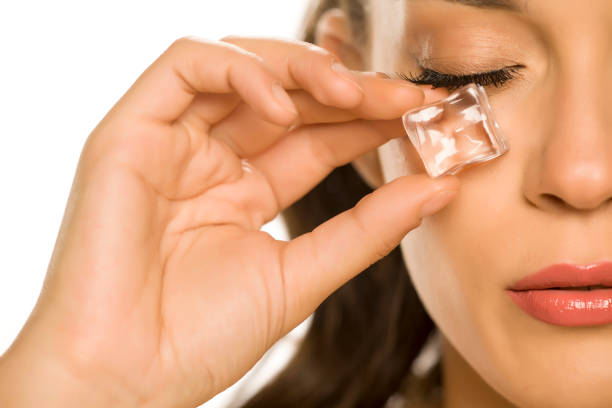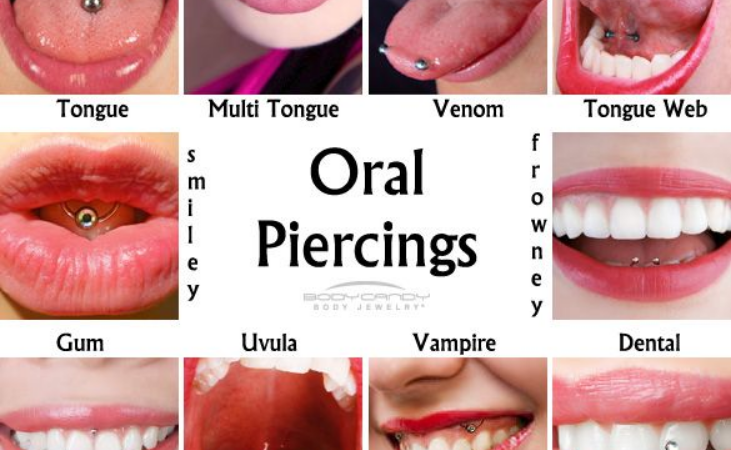Rook Piercing- Pain Levels, Coping And Aftercare

A rook piercing goes through the inner edge of the ear to the bottom of the ear. The steps of this piercing include Daith piercing done on the ear canal, piercing done through tagus of curved bulb covering the inner ear.
Rook piercing gives relief in migraines, just like a daith. The pattern of this piercing is like a star or a diamond. Nowadays, rook ear piercing is in trend. Many people are getting this piercing, but it is very important to know about its side effects.
So, before you get this piercing, read this post carefully because it contains all the points you need to be aware of.
Pain scale
Rook piercing is very painful. Cartilage piercing can have major differences in pain level and healing time.
Cartilage is a thick, hard tissue that does not pierce as easily as soft earlobes. The rook itself is a fold of cartilage, which means there is even more tough tissue to pass through than other cartilage locations, like the top of your ear. Earlobes are made up of soft vascular tissues, which means that they have normal blood flow to help in healing.
This piercing needs a puncture in the ear for rook, you will feel a sharp pain and pressure during and after the puncture, but after some time, the sharp pain will turn into the general throbbing, this throbbing pain will last for at least a few days before easing up.
You can also feel difficulty in sleeping in the first few nights because the affected area hurts at night.
It is not possible to evaluate how much pain you will feel, but if you have another cartilage piercing, then you can expect the rook piercing to hurt more than others.
Rook piercing takes around 3 to 10 months to heal properly. It can take more time if the piercing area gets infected due to any reason.
According to the expert’s research, around 32% of the people get an infection in cartilage piercing, and the infection in the ear can be extremely painful and may require medical treatments.
Read more- Types of tongue piercing Pain & Healing Stages
Procedure
The rook piercing starts by finding a reputable piercer who will maintain a sterile piercing environment.
Once you sit on the chain, the piercer will check out the structure of the ear to determine if you can handle rook piercing or not. You can choose any rook jewelry, basically a barbell.
After checking the structure, the piercer will mark the spot where you want piercing with a regular marker. Then the piercer will wear surgical gloves and will clean the ear with surgical solutions.
The piercer will puncture the ear with a needle very quickly and will insert the rook jewelry into the hole. It is the most painful step.
Tada! Piercing is now done. After this, you will receive some aftercare instructions; it is important to go through them carefully to avoid any infection in the ear.
Aftercare and best practices
Taking good care after getting any piercing is very important because piercing creates holes in the body which are more prone to infections.
Without proper aftercare, you can not protect your piercing from catching infections.
There are two ways to clean the piercing area: first is to clean by using a store-bought saline solution, and the second is to make a sea salt mixture. It is very important to clean your piercing two to three times a day for six months.
Following are few tips for rook piercing care:
Saline solution
- Wash hands before touching or cleaning rook ear
- Buy a slime solution or saline spray and clean the piercing area twice a day. Make sure you use a clean towel or soft tissue paper to clean.
- Do not rotate the rook jewelry at any time.
Sea salt mixture
- Wash hands before cleaning the rook ear
- Take ⅛ to ¼ teaspoon of non-iodized sea salt and dissolve with distilled or warm mineral water.
- Put the mixture in a mug, tilt your head and hold ear in solution for five minutes
- Now, clean the rook ear by a clean paper towel
- Do not remove the rook jewelry
Warning- keep the saline solution and sea salt mixture away from the eyes. Otherwise, it might cause irritation in the eyes.
Read more- Ever Heard About Tooth Piercing?
Side effects and precautions
Before getting a rook ear piercing, it is very important to know the side effects and precautions because it can lead to big problems.
So, to avoid any problem read the following points carefully:
Infections
As we mentioned in the above point, there are 32% of the people who face cartilage piercing infection. These infections can be treated by medical intervention but if the infection is in a serious stage, then concern yourself with the doctor.
Remember that if you get an infection, do not remove rook jewelry unless the doctor advises you to because removing the rook jewelry can enhance the speed of infection.
Signs of an infection:
- Swelling on the rook ear piercing
- Red or purple appearance of the ear
- Pain or tenderness
- Yellow discharge coming from the piercing
- The high temperature of the body or fever
- Pain in the nervous
Swelling
Swelling and redness on the piercing area are normal for a few weeks, but if you notice bleeding, bruising, and crustiness on the ear, then you probably need to take immediate medical treatment to get rid of it.
You can also use ice water to get relief.
Bumps
Bumps are a common problem in rook ear piercing; they automatically disappear after a few months.
In rook piercing bumps includes:
- Pimple on piercing
- A painless keloid scar
- Allergy in rook jewelry
Read more- Mottled skin- causes, symptoms, and treatment
When to see a doctor
If you notice the following signs after getting rook ear piercing, then you must visit your doctor immediately;
- Fever
- Sweating
- Chills
- Nausea
- Vomiting
- Blood coming out from the rook jewelry
- Non-tolerable pain
Takeaway
Rook ears look very cool, amazing and rook piercing is a great type of piercing, but it is very important to maintain the proper aftercare process.
Also, you need to be aware of the benefits and side effects of rook ear piercing because, as we mentioned, there are many side effects of rook piercing, jewelry. So, make sure you read the above post carefully.
Remember that getting a piercing itself is an easy part, but the real work comes later.






